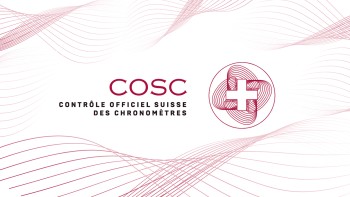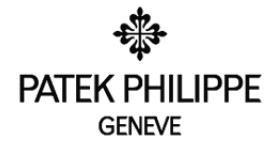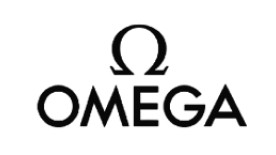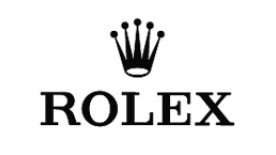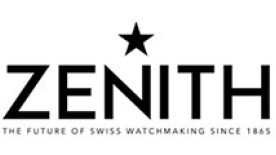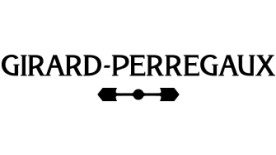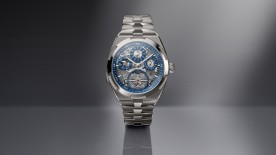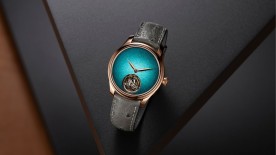“Is your watch cosced?” What sounds like a barbarism to many will barely raise an eyebrow among watch enthusiasts, who will catch the reference to a veritable institution: the Contrôle Officiel Suisse des Chronomètres (COSC), the official Swiss chronometer testing institute which this year celebrates its half century. Set up in 1973 by five watchmaking cantons and the Federation of the Swiss Watch Industry, the COSC established a single set of criteria and observation conditions before becoming a public-interest, non-profit organisation serving watch brands. Fifty years on, the certificates it issues - described at the anniversary celebrations as “vital to the industry” - rank alongside Swiss Made as a guarantee of excellence. “Where certification is concerned, the COSC enjoys an unrivalled reputation,” declared Nico de Rooij, chairman of the board of directors. “It establishes globally recognised standards of precision to which watchmakers agree to comply and makes an important contribution to the excellence of Swiss watchmaking worldwide.”
Stuck in the Seventies
However, with a tolerance (for mechanical movements) of -4/+6 seconds per day and mean variation in rate of 2 seconds over the testing period, COSC criteria remain stuck in the Seventies, when this level of precision denoted the higher end of series production but can now be found across-the-board. By way of comparison, Omega’s SpirateTM System can be regulated for certified precision of 0/+2 seconds per day, as demonstrated by the Speedmaster Super Racing.
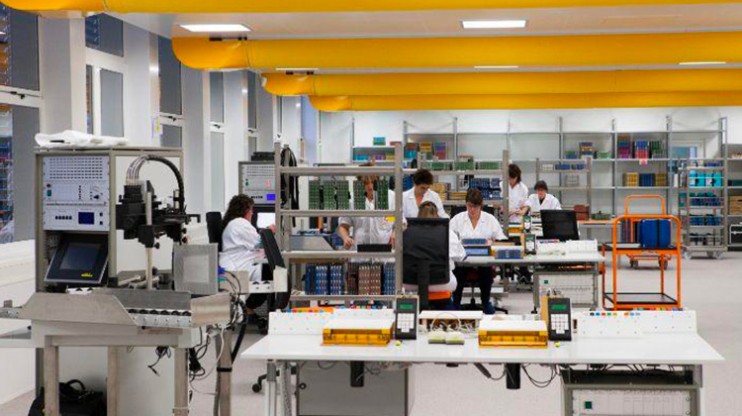
Elsewhere, Rolex’s Superlative Chronometer certification guarantees precision of -2/+2 seconds per day and has been extended to almost its entire production. And the list goes on: multiple makers, among them Seiko in Japan, have developed their own testing system, based on standards that exceed those required by the COSC. Not forgetting certifications such as Master Chronometer, developed in collaboration with the Swiss Federal Institute of Metrology, which also apply more stringent criteria, particularly precision.
The silicon revolution
Blame silicon, which blazed a trail for a series of high-tech, precision-enhancing materials derived from aerospace technology or Formula 1 test benches. While opinion is still divided as to the presence of silicon in a mechanical movement - for ideological reasons or because of its fragility - it has paved the way for revolutionary advances that started with Ulysse Nardin’s Freak in 2001. Initially favoured for its remarkable resistance to magnetic fields and to temperature variations, and having no need for lubrication, silicon then became the subject of research into innovative component geometries, not least Patek Philippe’s Spiromax®, which have also contributed to greater precision. Now the third stage in this revolution is under way with, as its objective, series production of movements such as those in Parmigiani’s Senfine and Zenith’s Defy Lab or Girard-Perregaux’s Constant Escapement: concepts not yet adapted for large-scale production.
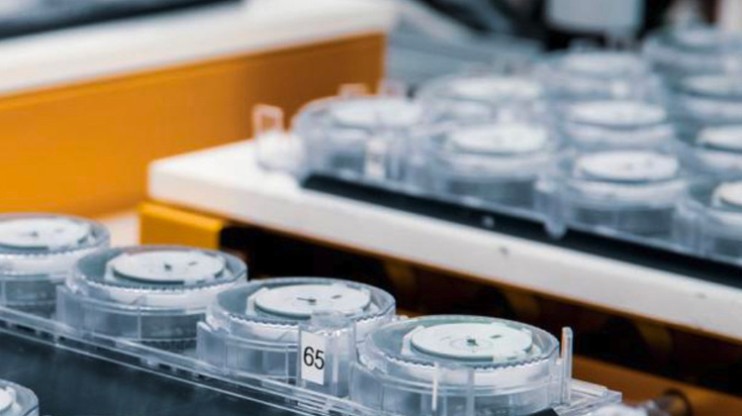
Where does this leave the COSC, an institution that tests some two million movements a year (which is around 40% of the calibres leaving Switzerland’s hypothetical shores)? Certainly one of the organisation’s most important virtues is its independence, along with the rigorous quality of its testing procedures. Recognised the world over, the COSC benefits from the confidence that Swiss labels inspire in the market. That it has doubled the number of chronometer certificates issued annually since 2000 (based on the same criteria) is the sign that mechanical movements continue to gain in precision.
